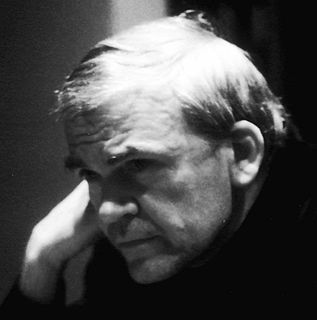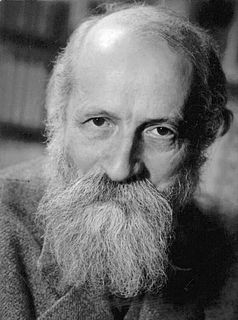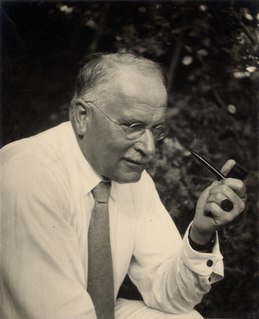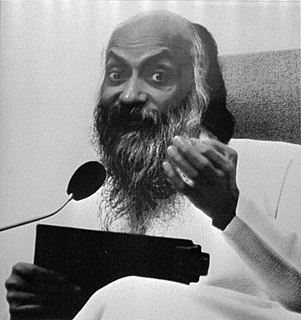A Quote by Alexander McQueen
I oscillate between life and death, happiness and sadness, good and evil.
Related Quotes
In the story of the Creation we read: ". . . And behold, it was very good." But, in the passage where Moses reproves Israel, the verse says: "See, I have set before thee this day life and good, and death and evil." Where did the evil come from? Evil too is good. It is the lowest rung of perfect goodness. If you do good deeds, even evil will become good; but if you sin, evil will really become evil.
It is not true that if we had true faith we would not be sad. Prophets (as), and righteous people experienced a great deal of sadness. The Quran is full of stories in which the central theme is sadness. Sadness is a reality of life. The Quran is not there to eliminate sadness, but to navigate it. Sadness is one of the tests of life, just as happiness, and anger are tests.
The sad truth is that man's real life consists of a complex of inexorable opposites - day and night, birth and death, happiness and misery, good and evil. We are not even sure that one will prevail against the other, that good will overcome evil, or joy defeat pain. Life is a battleground. It always has been and always will be; and if it were not so, existence would come to an end.
Birth leads to death, death precedes birth. So if you want to see life as it really is, it is rounded on both the sides by death. Death is the beginning and death is again the end, and life is just the illusion in between. You feel alive between two deaths; the passage joining one death to another you call life. Buddha says this is not life. This life is dukkha - misery. This life is death.
Life is possible only through challenges. Life is possible only when you have both good weather and bad weather, when you have both pleasure and pain, when you have both winter and summer, day and night. When you have both sadness and happiness, discomfort and comfort. Life moves between these two polarities. Moving between these two polarities you learn how to balance. Between these two wings you learn how to fly to the farthest star.
SADNESSES OF THE INTELLECT: Sadness of being misunderstood [sic]; Humor sadness; Sadness of love wit[hou]t release; Sadne[ss of be]ing smart; Sadness of not knowing enough words to [express what you mean]; Sadness of having options; Sadness of wanting sadness; Sadness of confusion; Sadness of domes[tic]ated birds; Sadness of fini[shi]ng a book; Sadness of remembering; Sadness of forgetting; Anxiety sadness.







































